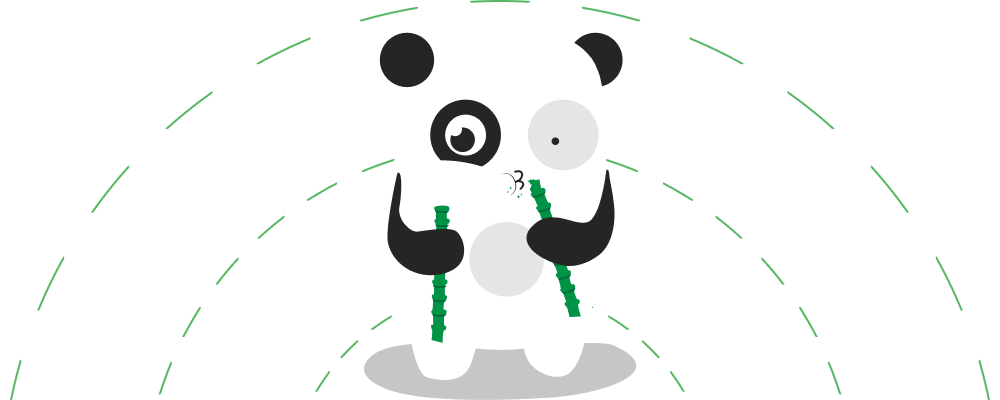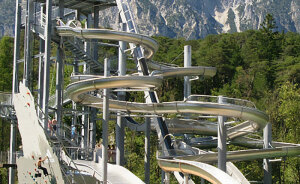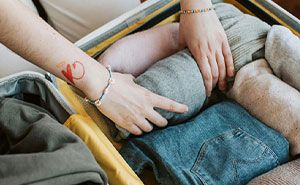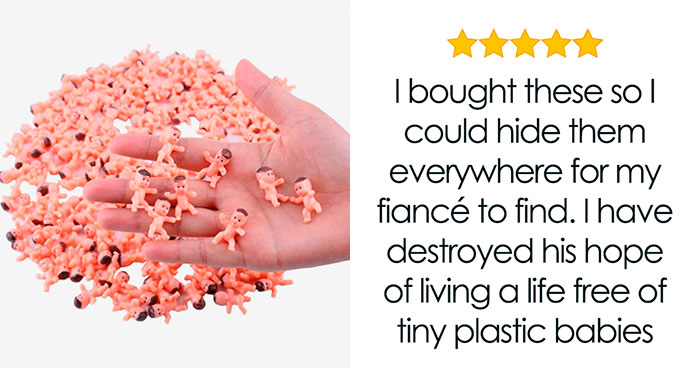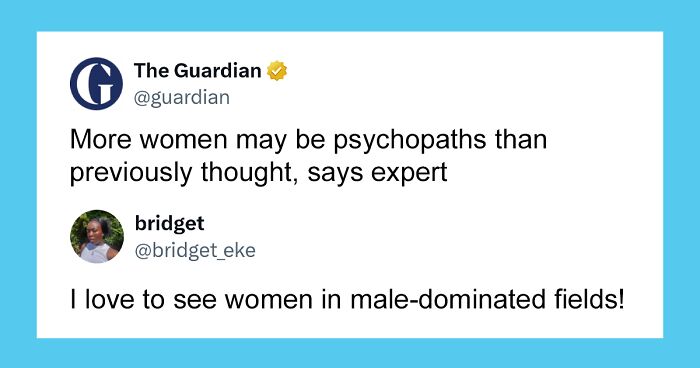
50 Times Animals Acted So Weird They Ended Up On The “Not My Animal” Page (New Pics)
We love animals for their ability to provide us with comfort and for their cuteness. What better way to unwind than watching videos of pandas slumping down from trees and rolling over as they stumble over their own feet? Cute animals really are the tonic of the Internet.
But cute isn't the only way animals can be. They're just as capable of silliness and absurdity as we are. The "Not My Animal" Instagram page captures this quality very well, as they feature a plethora of pics of pets and other critters doing weird stuff. If you're ready for some animal kingdom nonsense, scroll down and check out our newest collection of pics from the page!
More info: Instagram
This post may include affiliate links.
"Not My Animal" is an eight-year-old page on Instagram with just a little over 200k followers. After 2020, the creator(s) of the page came out with a photography book of the same name, featuring the pics that were shared by the account from 2017-2020.
It seems that the creator(s) of "Not My Animal" credit its beginnings to the tumultuous cultural landscape of 2016, especially in America. The Instagram page provided comic relief to people, a stress-free place from the constant barrage of bad news. The posts made people "laugh, cry, and question [their] human reality," highlighting how similar and imperfect both the audience and the animals were.
The page may contain loads of animals photographed from weird angles or captured in some compromising positions, but there are also pics of them acting weirder than we would expect. In fact, animals do some pretty strange things, and I'm not just talking about your dog giving you the side-eye.
For example, did you know that sloths, who spend most of their waking time up in the trees, go to relieve themselves on the ground? And how about the fact that owls can't move their eyes? Let's explore these and more interesting things that animals do that we might find at least a tad strange.
The fact that sloths go down to the ground to poop is strange for at least two reasons. First, there are more predators down there, so the trip to take a poop only can be quite dangerous. Second, sloths have very slow metabolisms and only eat leaves, so they use up a lot of energy by going down to the rainforest ground.
Some researchers have proposed an interesting idea that they do it for the benefit of the moths and algae that live in their fur. As they descend to poop, larvae hitch a ride on the sloth's back, bringing more nutrients from the pile and also as they live in the fur and pass away. This feeds the algae on the sloth's fur, which is a lipid-rich high-energy snack for the sloths.
We've all probably heard the saying about crocodile tears. But what's interesting is that crocodiles don't fake it; they do shed tears. Yet the reasons are hardly similar to why we do it. Scientists say it has to do more with the physical act of eating. Especially when they're on dry land, their eyes tear up, and with a movement of the head, the tears spill out.
Picking your nose is quite a normal thing for humans to do, especially children. But scientists noticed that some animals do it too, primarily primates. What's more, just like human children, they like to snack on it too. While it may seem like a harmless quirk, scientists are on a quest to find out the reasons behind the nose picking. Some theorize that it might strengthen teeth, while others say that nasal mucus strengthens the immune system because it contains immune proteins.
Our fellow pandas are pretty notorious for not wanting to mate. Yet that's not entirely true for those who live in the wild. The makers of the documentary Pandas: Born to be Wild observed that males act in a quite dominant way when courting a female. They bellow, mark their scent, and even take the female "hostage." These behaviors trigger ovulation in females, and, because there's no competition among male pandas in captivity, that could explain the females' reluctance to mate.
If you were to spot an owl in the wild, notice how they don't seem to move their eyes. That's because they can't: they actually move their heads instead of their pupils when they need to look sideways, up, or down. Their necks can twist up to 270 degrees and, technically, they don't have eyeballs. Instead, they have eye tubes or cylinders, which do not move in the eye sockets like our eyes do.
Did you know there's a species of jellyfish that is technically immortal? Instead of passing away, Turritopsis dohrnii shrinks in on itself, absorbs its tentacles, and then develops into a new polyp, its previous life stage. Scientists liken it to a butterfly transforming back into a caterpillar and turning into a butterfly again.
These animal quirks might make at least some sense, but most of these pics probably don't. Still, don't forget to let us know your favorites by upvoting and commenting! If you feel like this isn't enough animal weirdness for you, check out our previous article about the "Not My Animal" page right here!
Gerty and Henny always loved watching the hoomans....so funny!💖💖💖💖💖💖💖💖
This is a sloth' defensive posture. Being on the ground is unnatural and stressful for sloths. This animal is scared and wants to be left alone, not used as a prop for internet likes.

 Dark Mode
Dark Mode 

 No fees, cancel anytime
No fees, cancel anytime 


